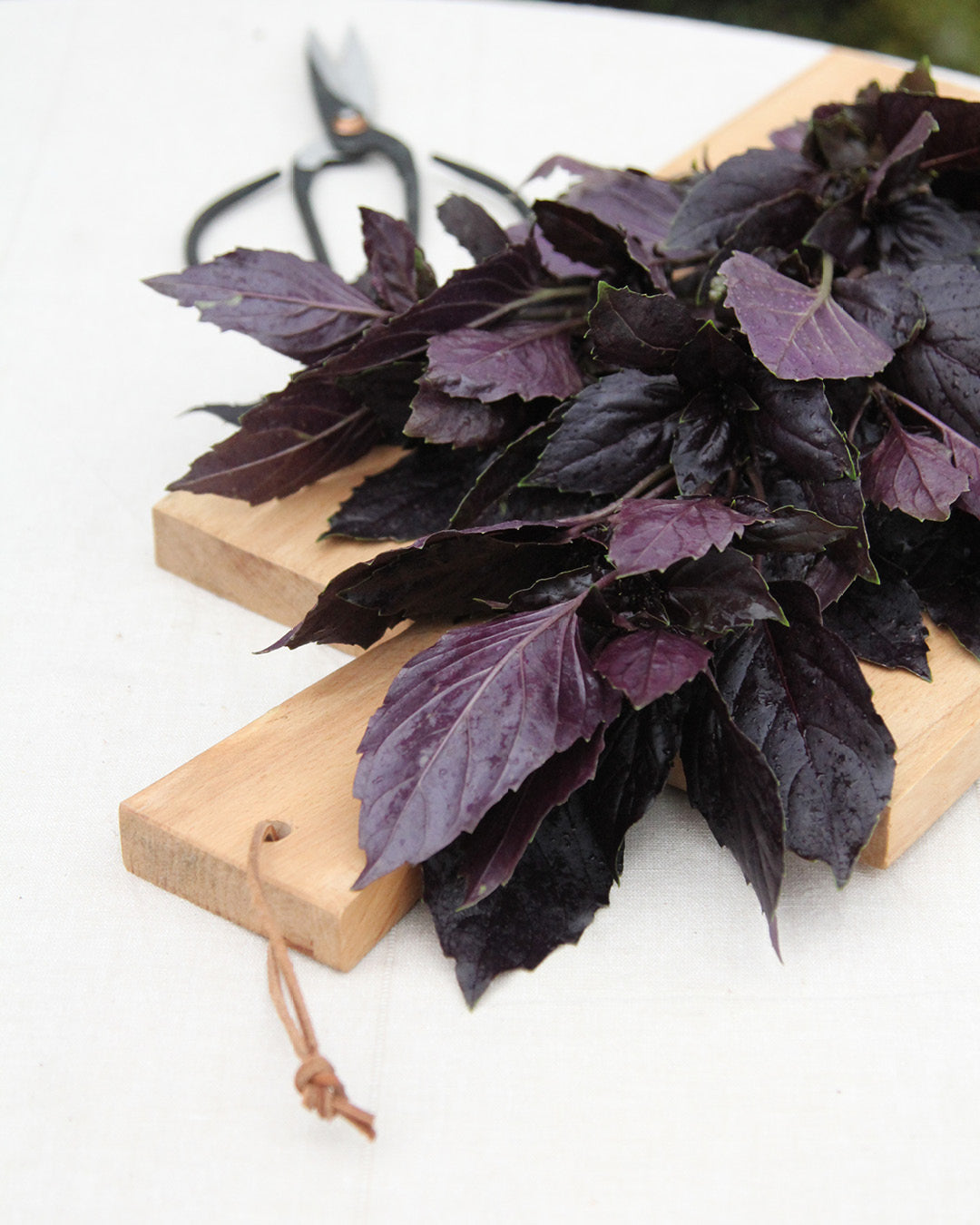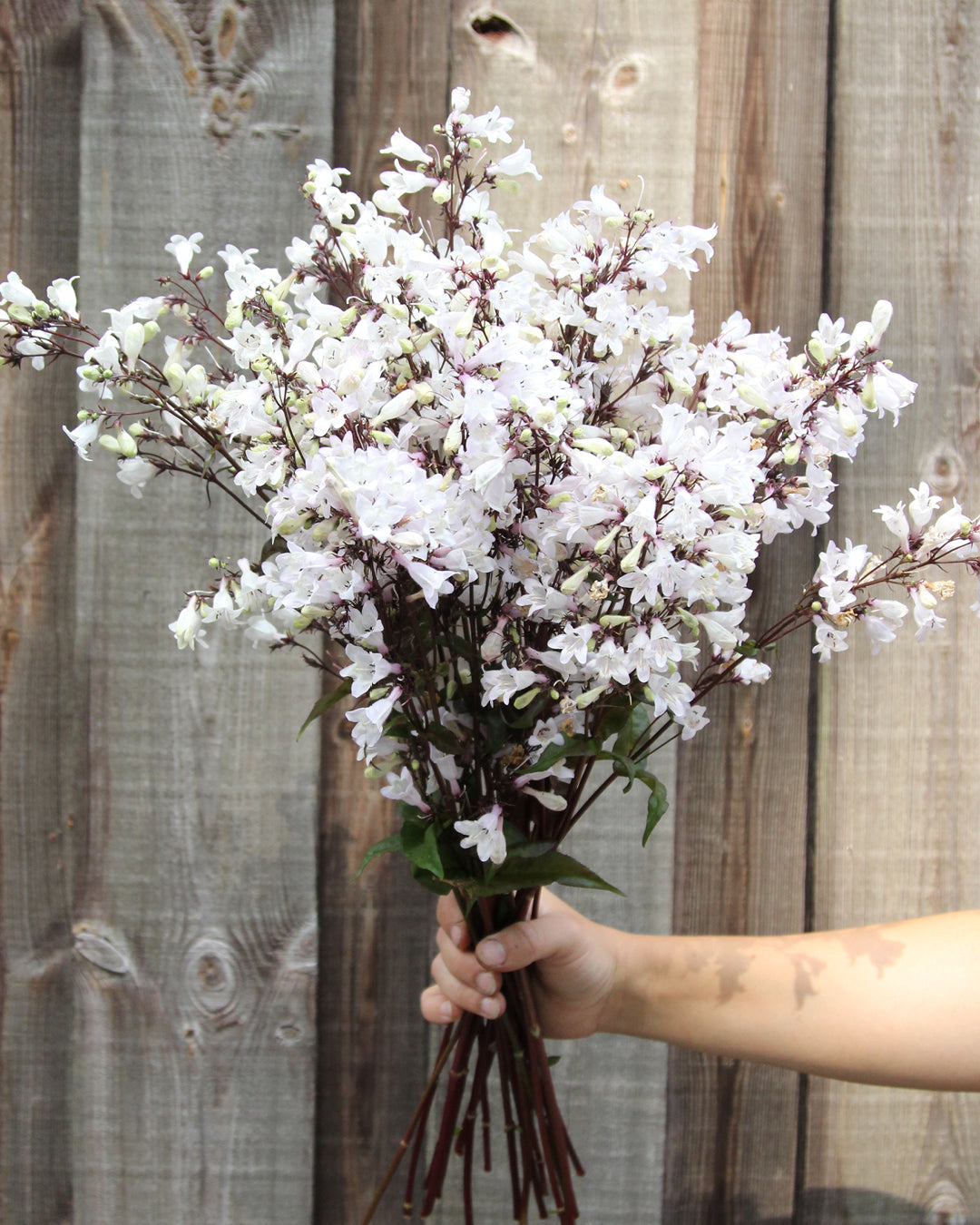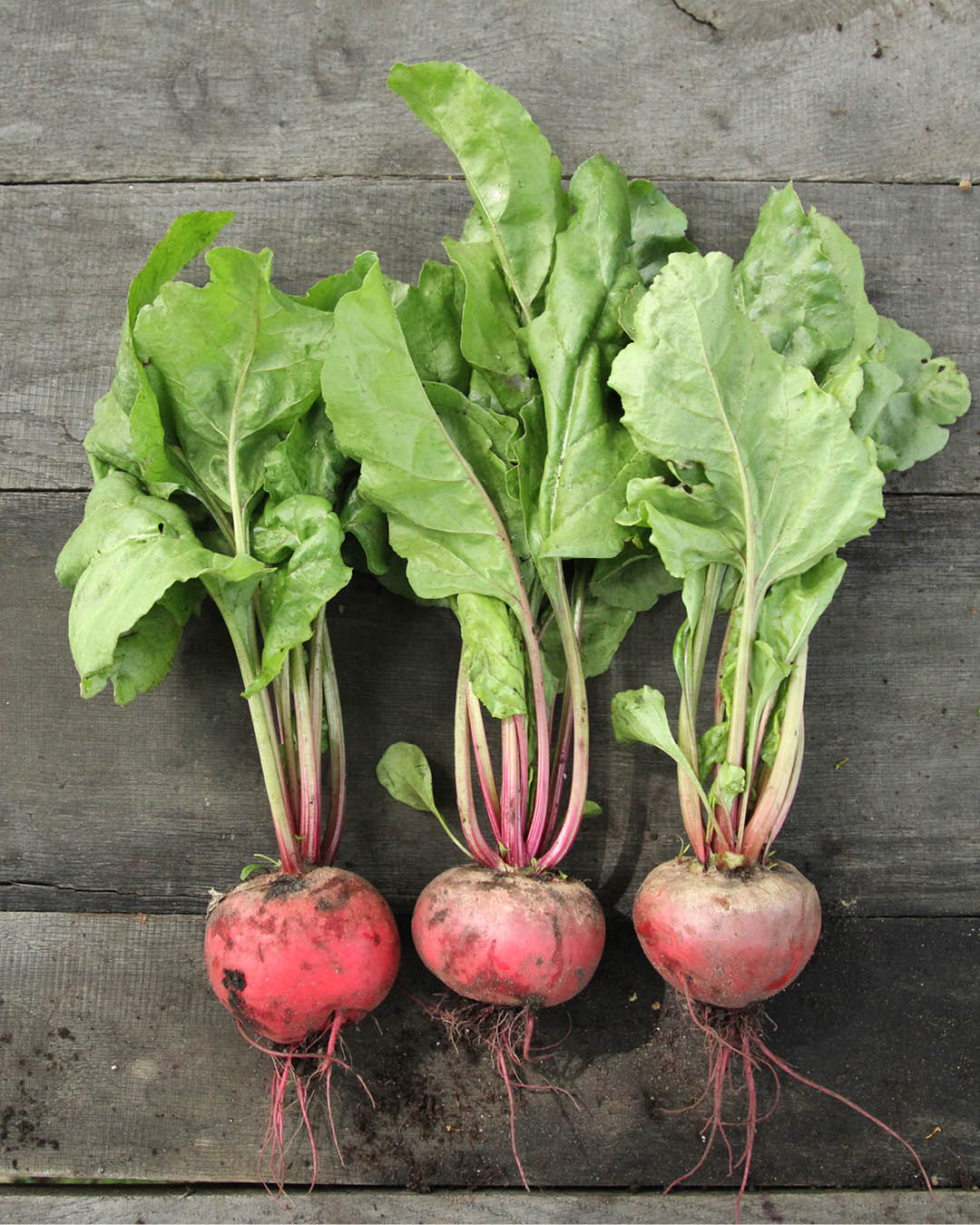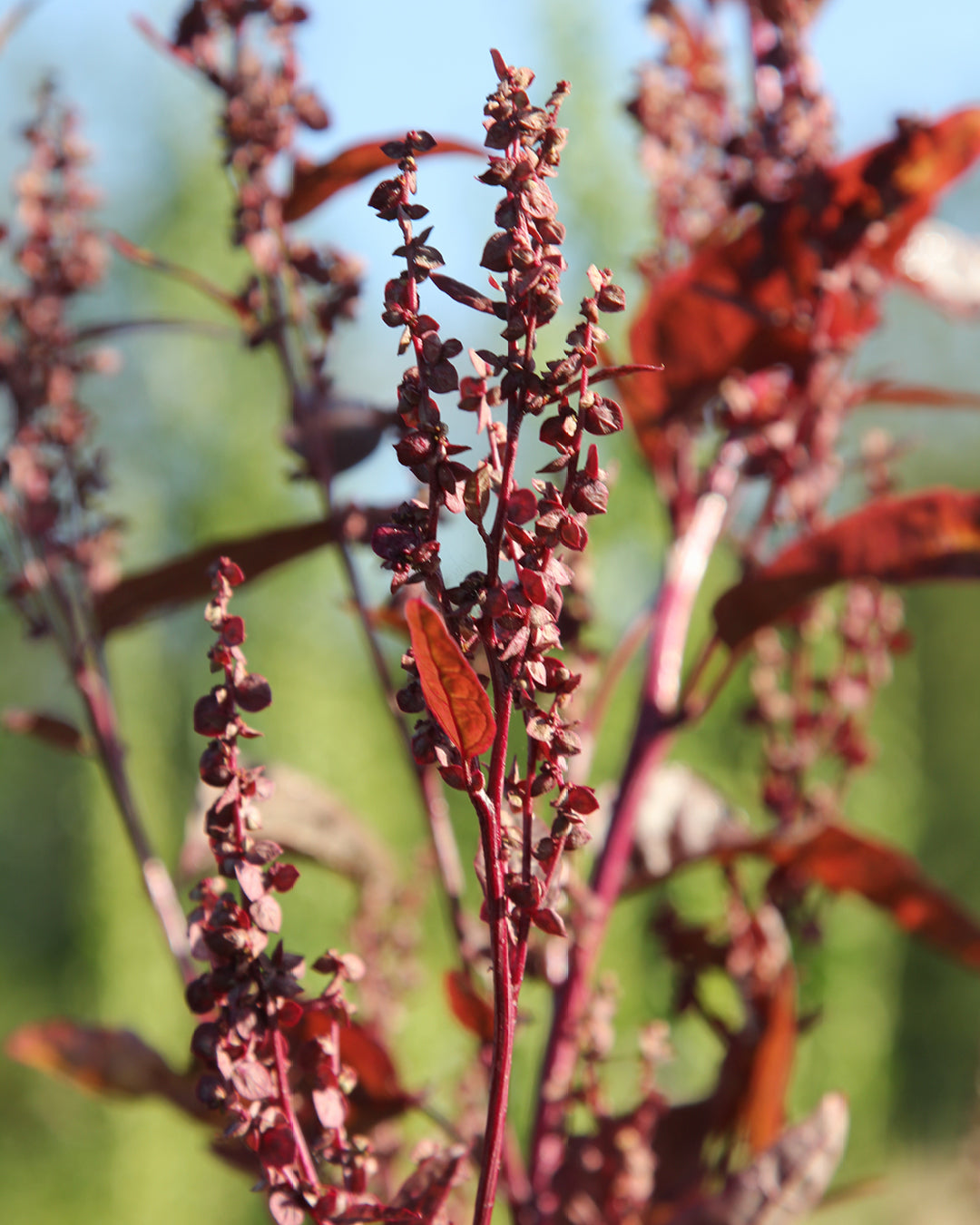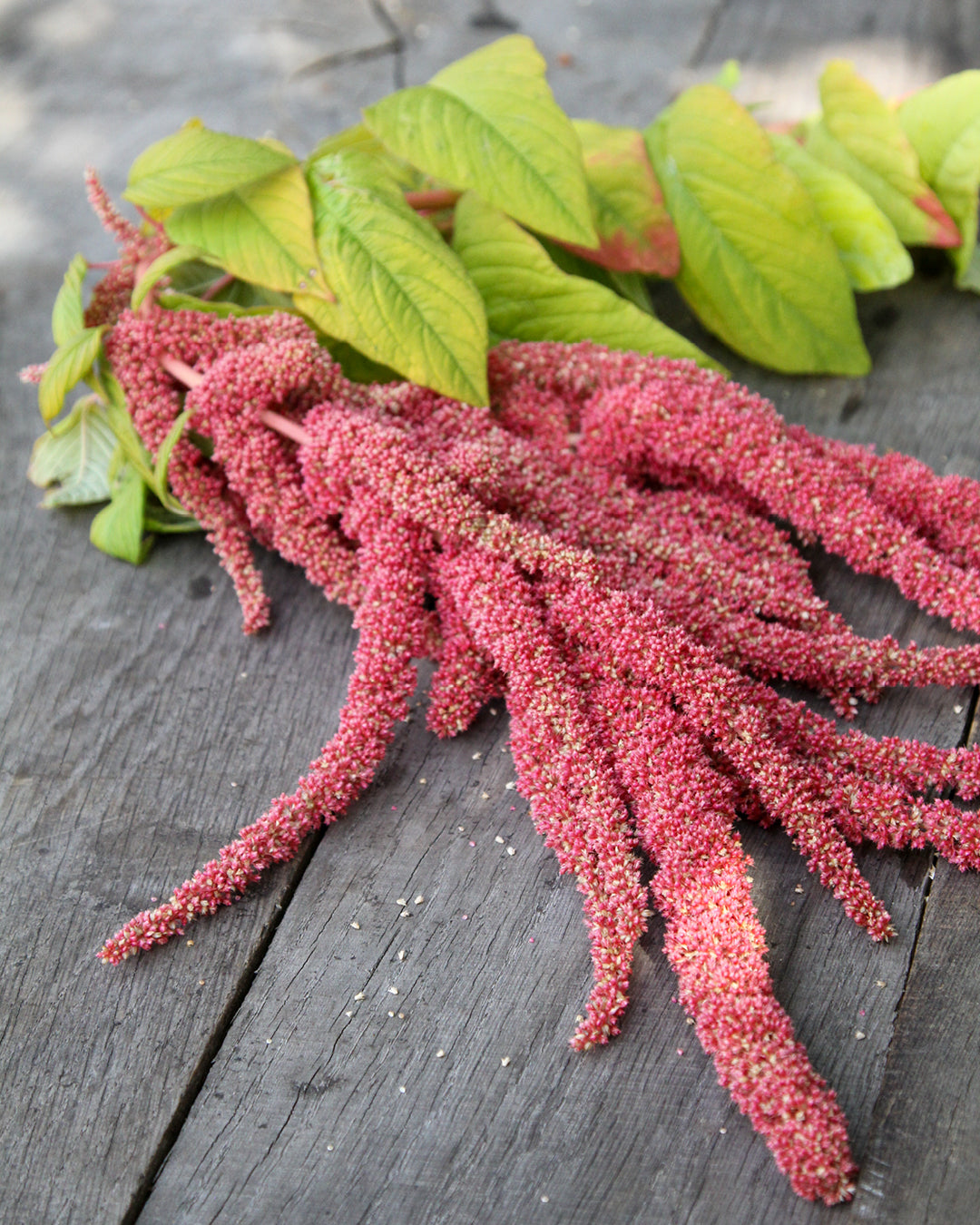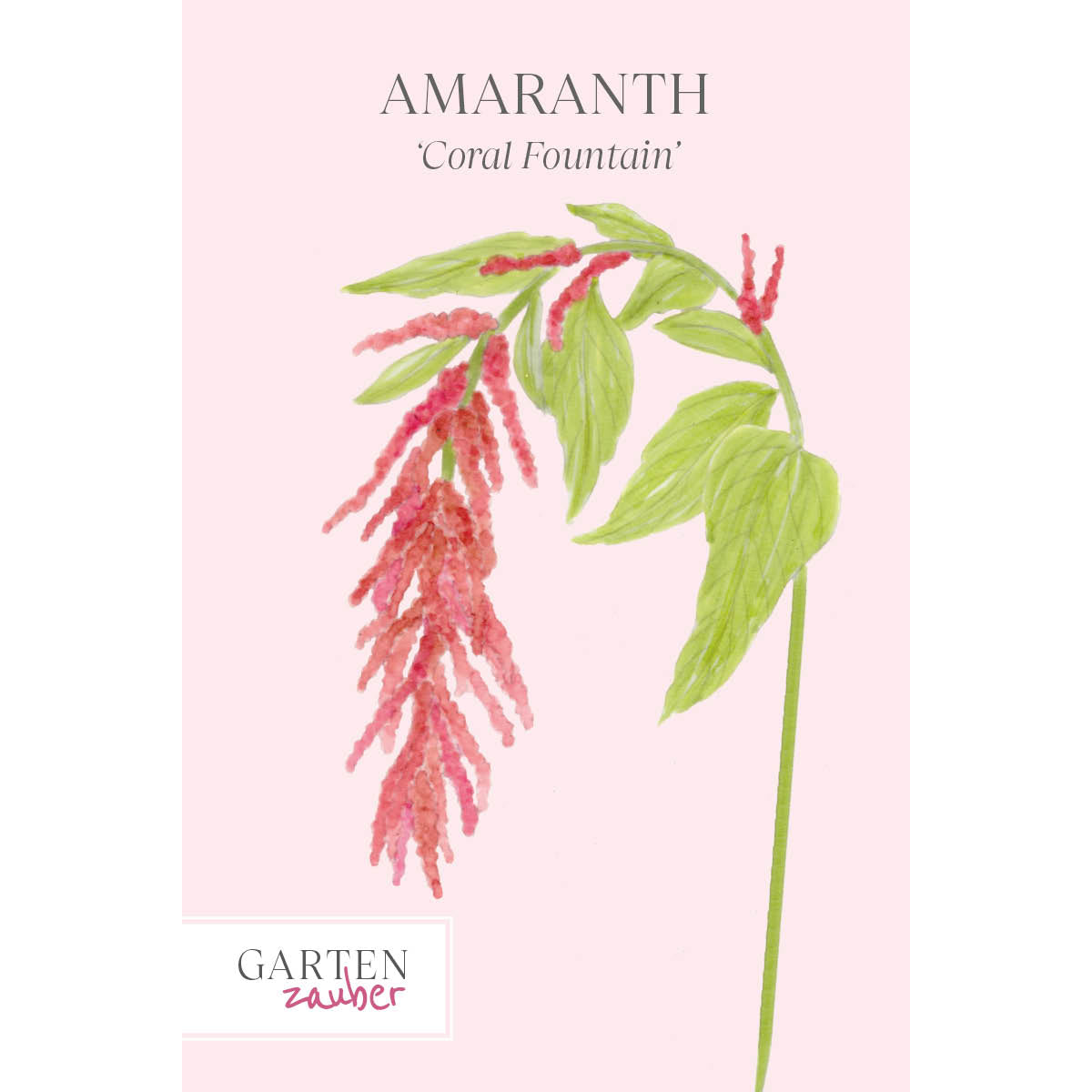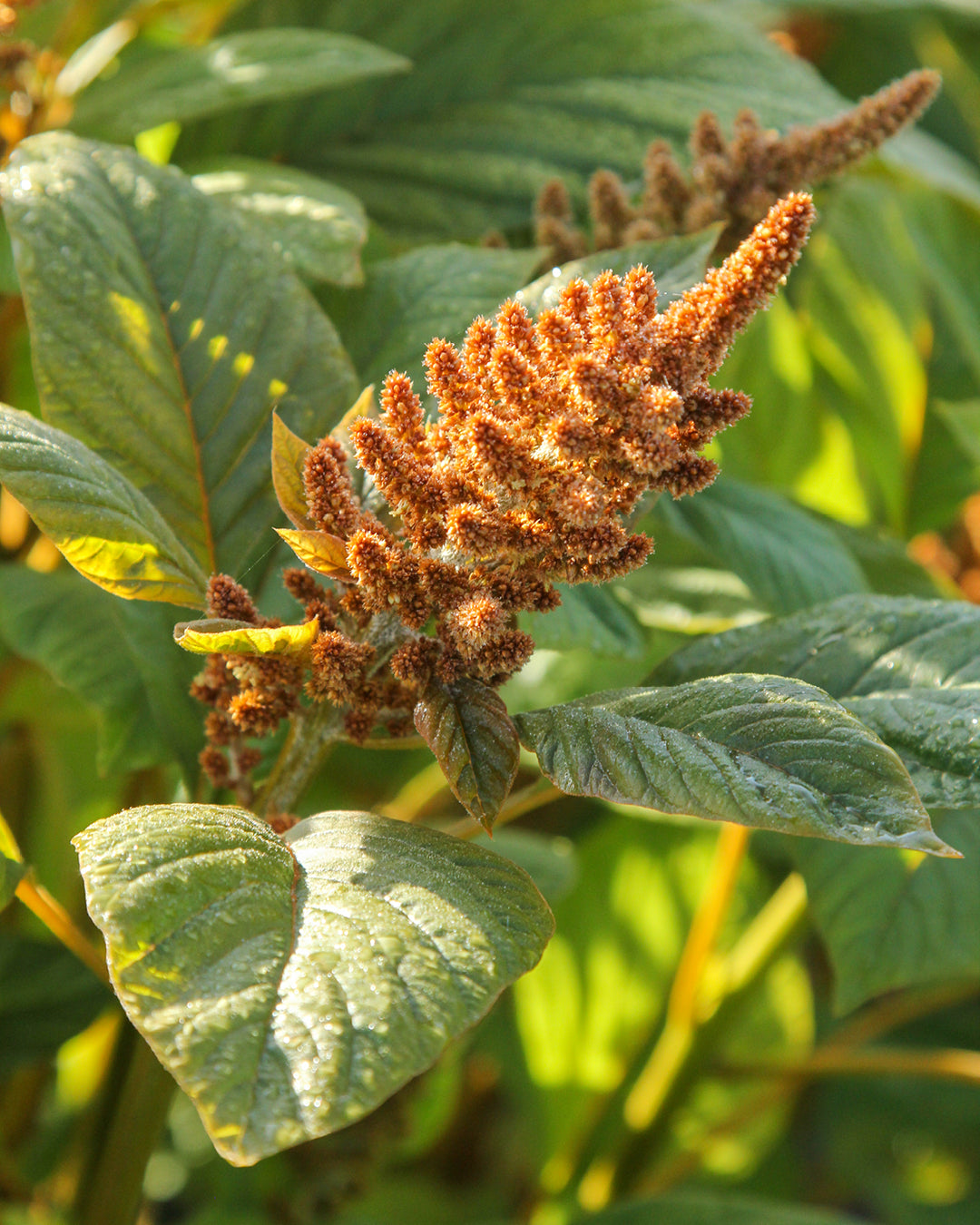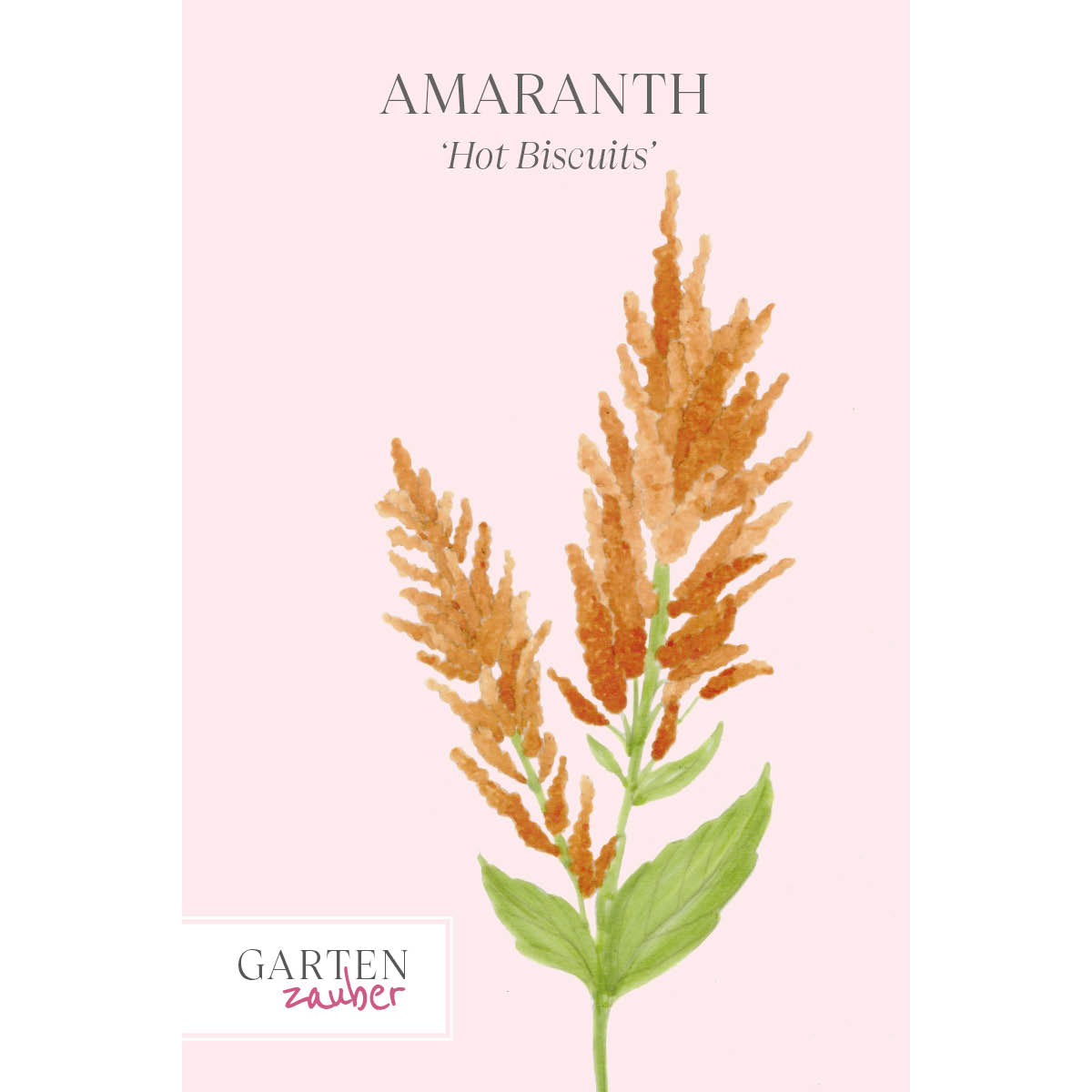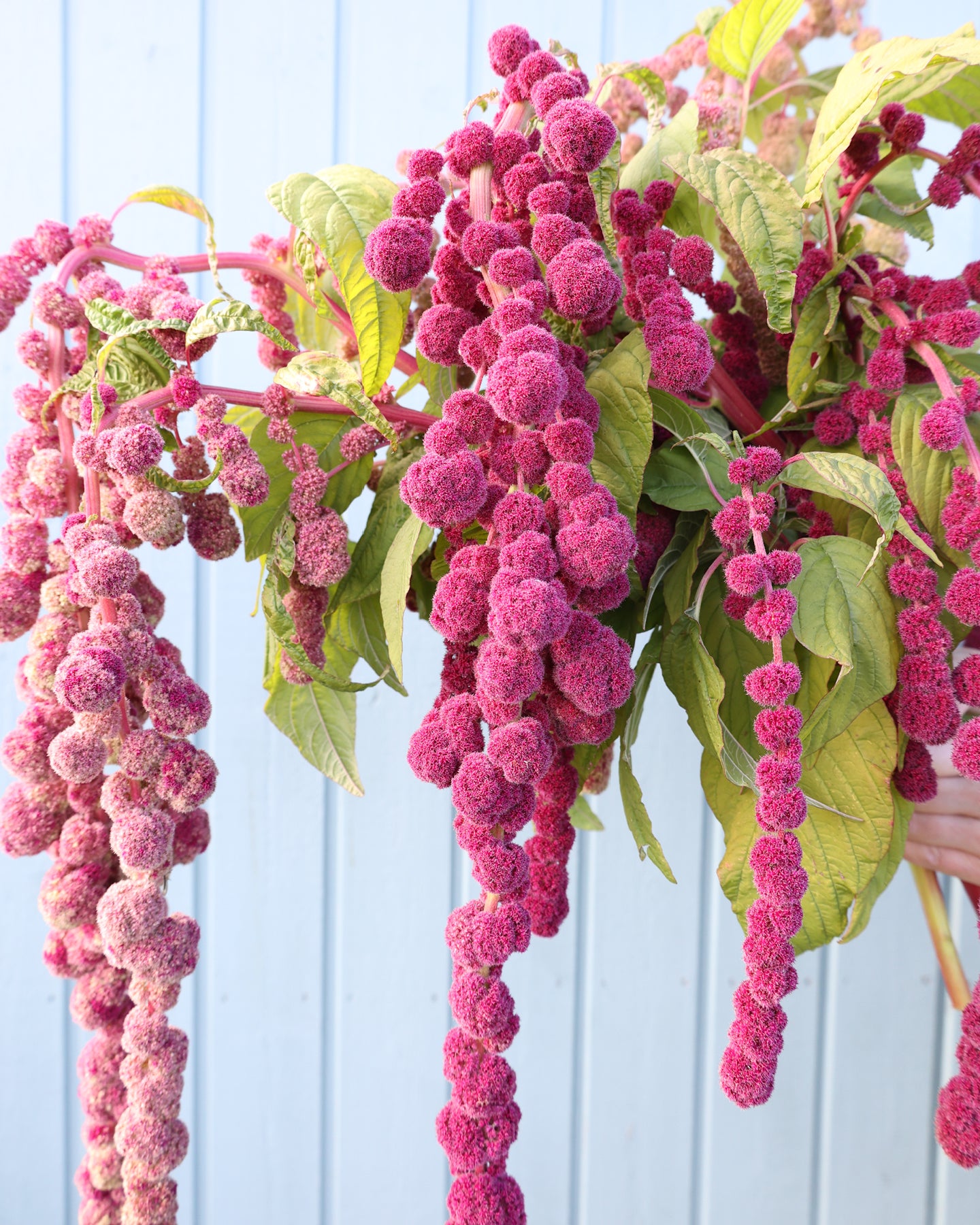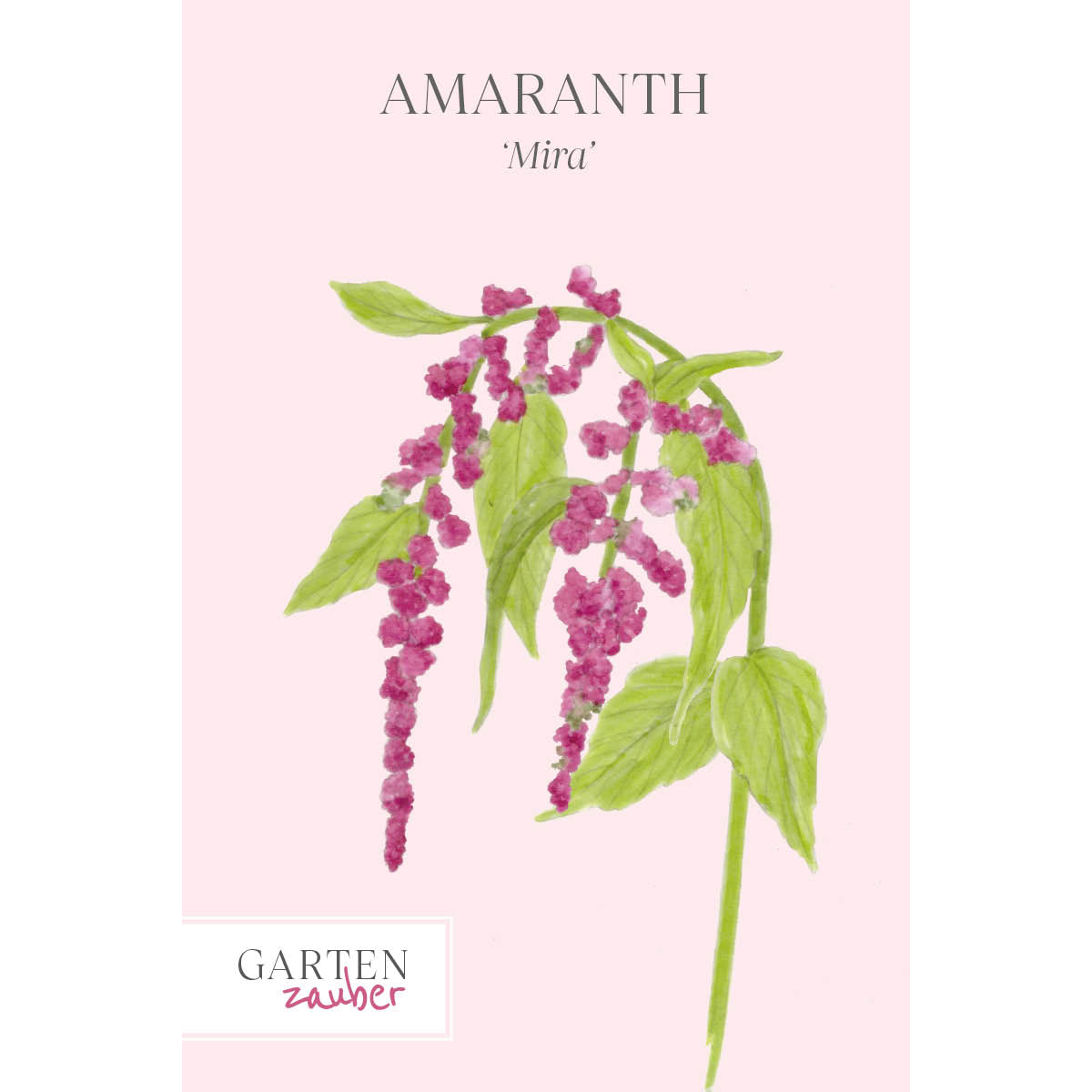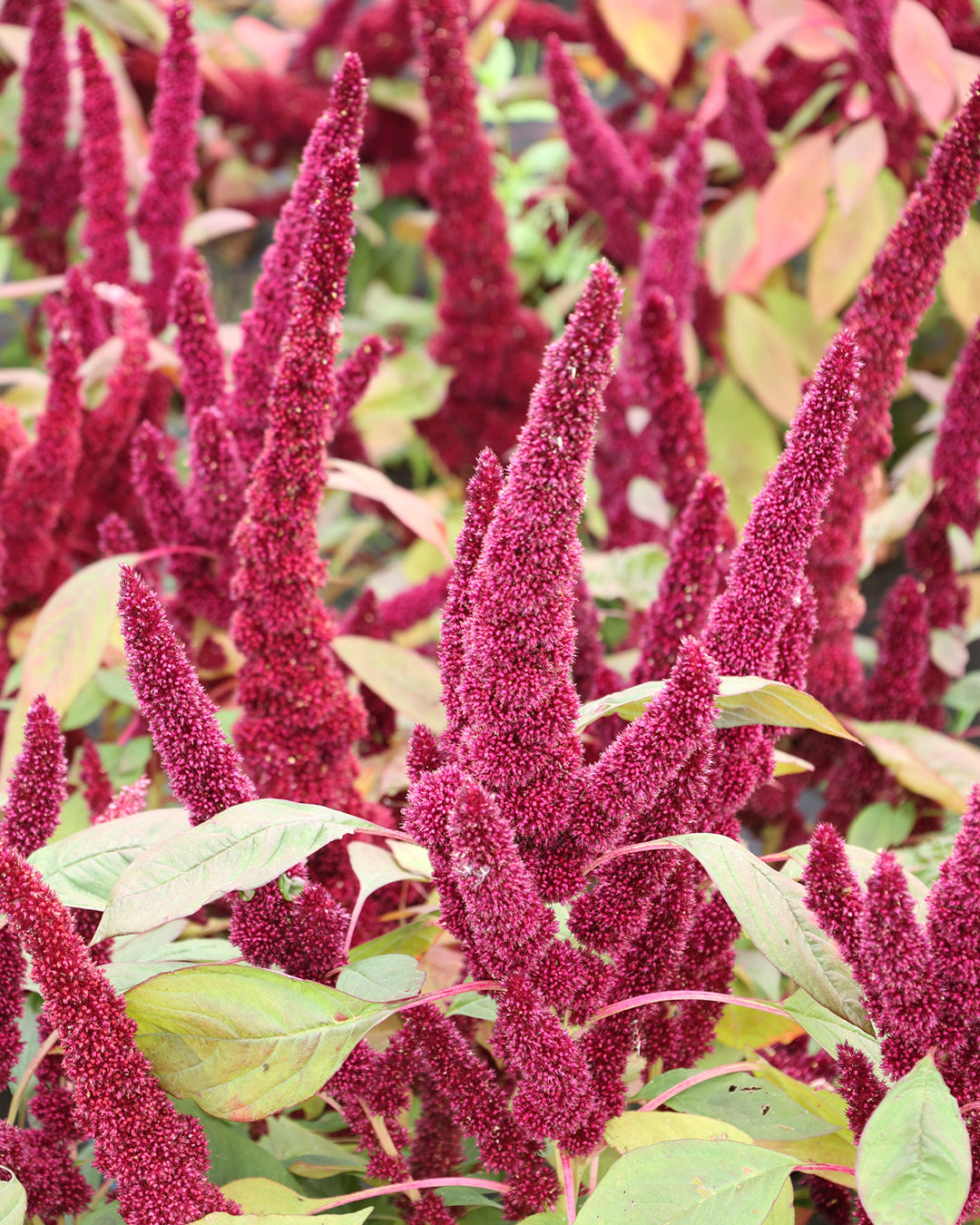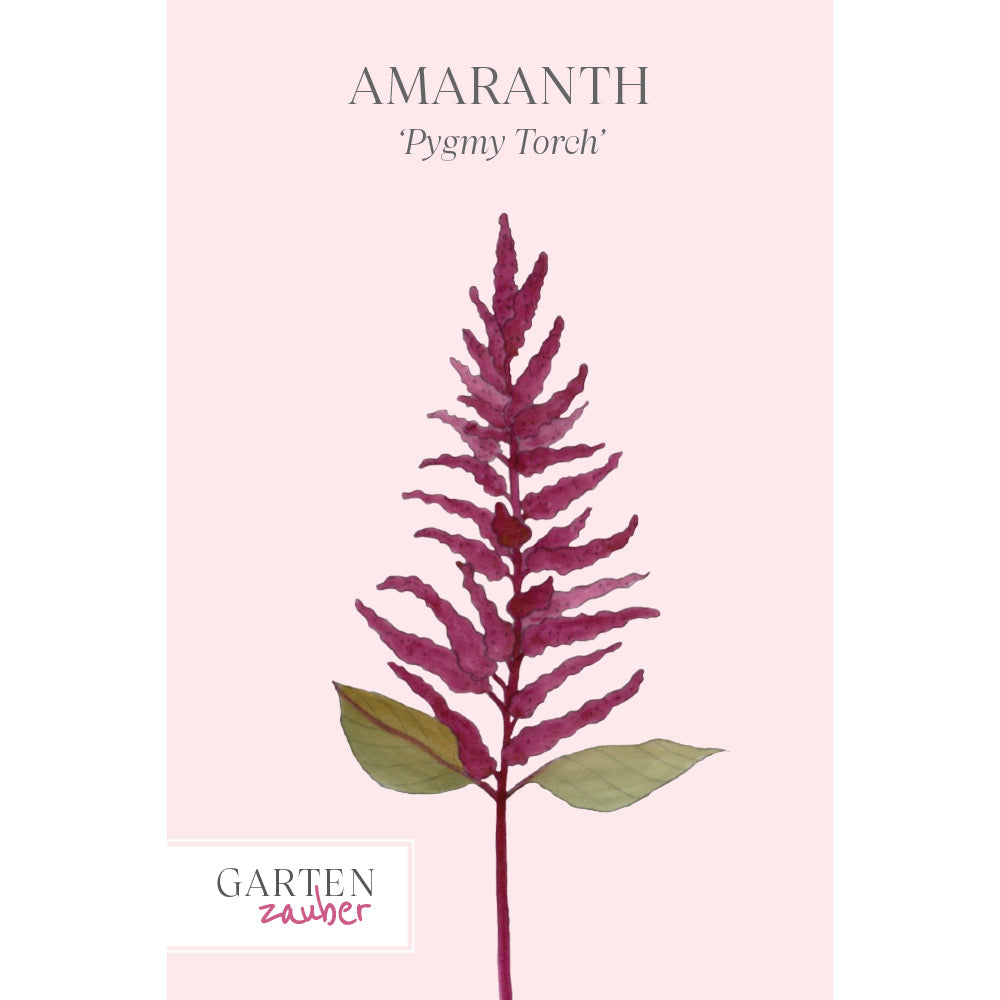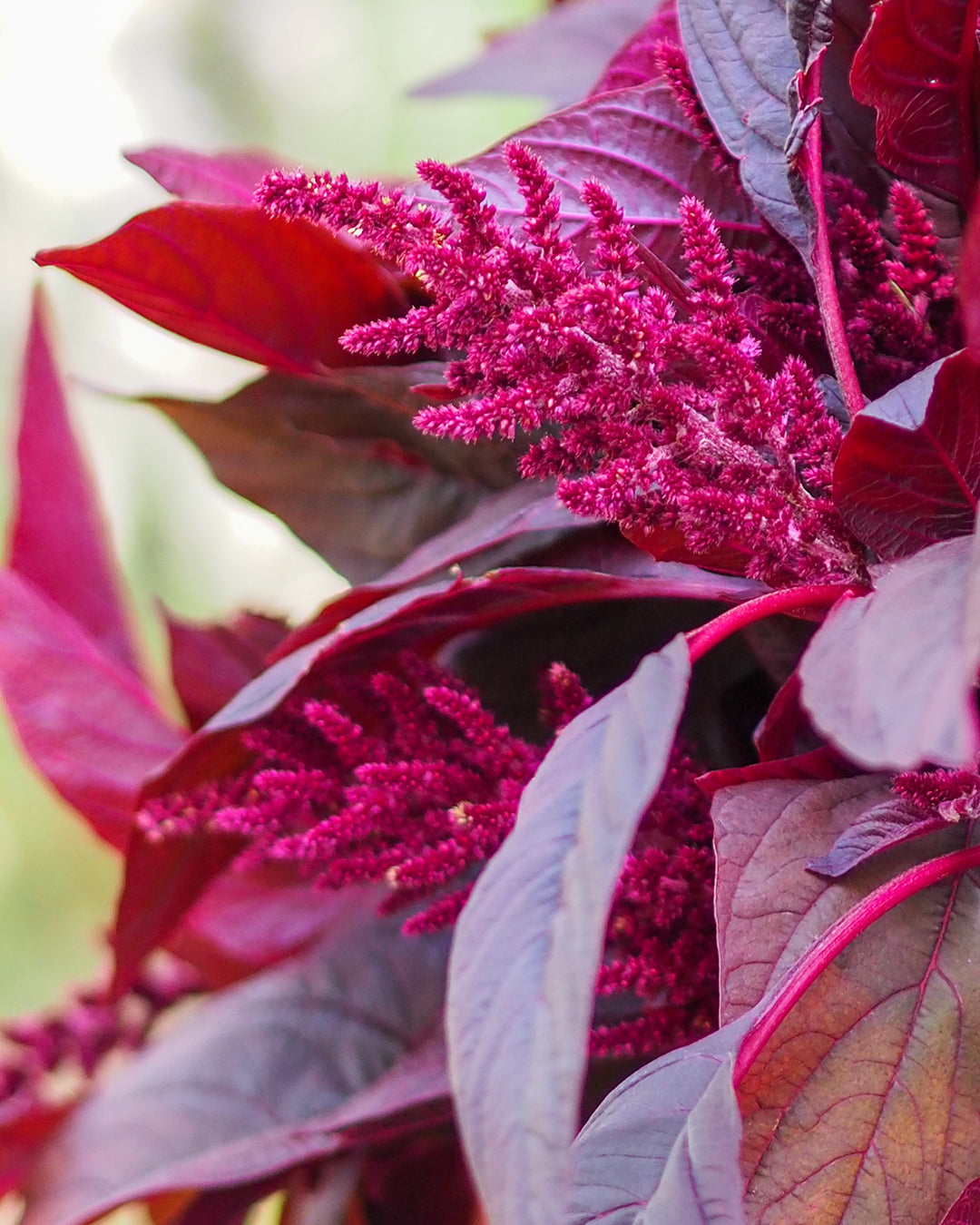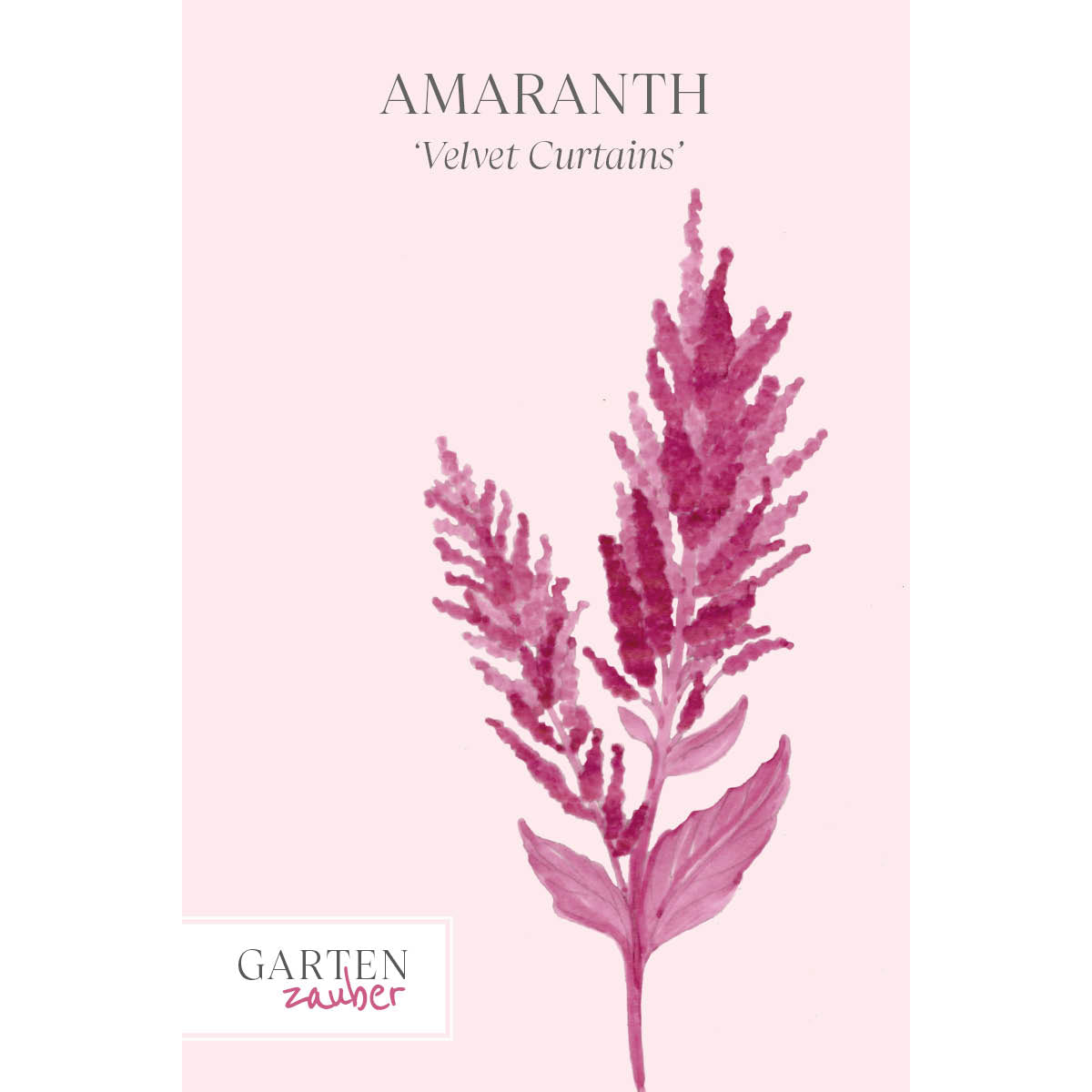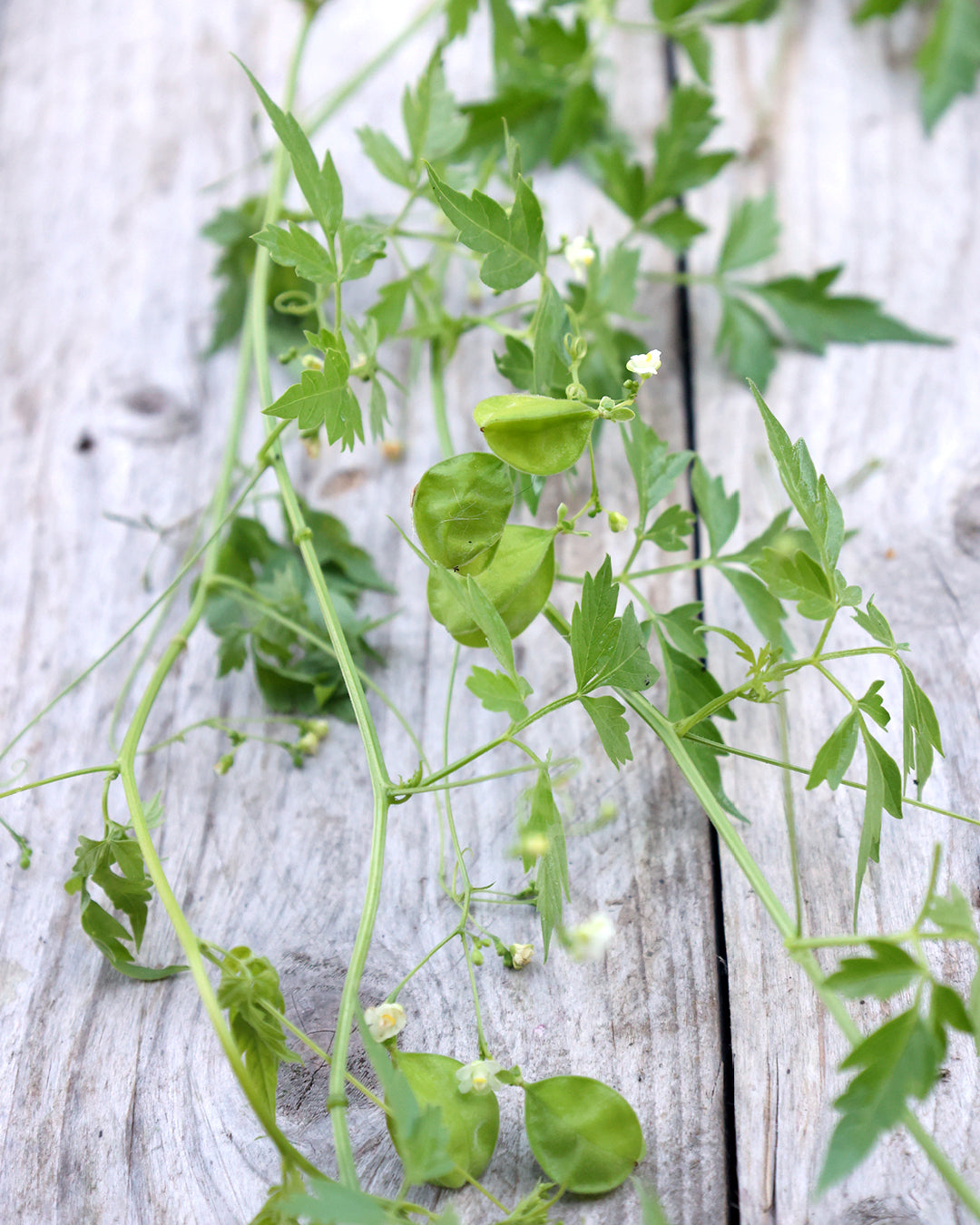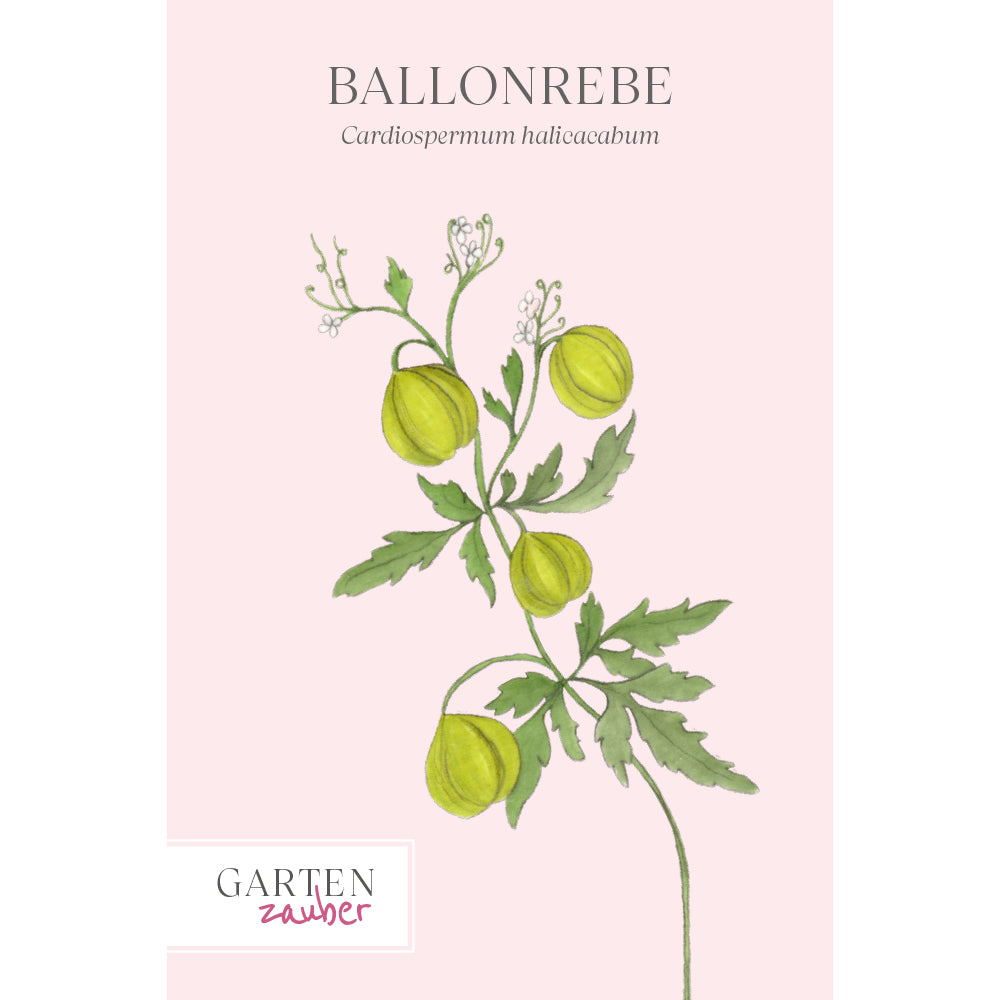Edible flowers
If you want to really shine at the cold buffet, totally outshine your mother-in-law at a garden party, or truly amaze your children, then try using flowers in your cooking. A salad with daisy blossoms, cookies decorated with lavender, or a roast with daylily blossoms – sounds delicious!

Flowers – a delight for all the senses
Flowers are, above all, good for the heart – our grandmothers already knew that – and in this case, they weren't thinking about their purely medicinal effects. Enjoyment is something humans can experience with all of their senses, and so the beauty of blossoms is a real treat for the eye and their delicate scent for our noses. In our fast-paced times, there is a gradual return to old values, to natural rhythms and almost forgotten connections. Flowers on the plate make the seasons even more tangible – after all, we all learned as children that violets represent spring and phlox summer. For example, in a green salad, the blossoms of primroses, daisies, and violets can be combined with nettle and dandelion leaves to create visual highlights and also taste surprises.
Delicious floral dance
Marigolds, the first rose blossoms, and plump, yellow zucchini blossoms usher in summer. Nasturtiums, lavender, and daylilies follow later. In autumn, a colorful assortment of late blooms is gathered from fields, meadows, and gardens. Unfortunately, in winter, we're often left with only houseplants. Passion flowers, for example, are not only decorative but also very tasty.
Harvest time
Harvest immediately after the morning dew has dried, before the midday heat (otherwise the essential oils evaporate), and only flowers from unsprayed plants (preferably from your own garden) should be used. Only pick the flowers shortly before use – flowers wilt quickly and lose their aroma. If possible, choose flowers that have just opened, as they have the most intense aroma. Only the petals are edible. Therefore, all green parts of the plant, pistils, and stamens should be removed before use.
Studying is more important than trying
Of course, there are very logical restrictions for everything we want to eat. You always have to be 100% sure that you've definitely identified the plant and that it's edible. Please don't experiment; you'll only eat some plants once! Particularly poisonous plants include monkshood, delphiniums, tomatoes, potatoes, oleander, columbine, foxglove, spindle tree, and autumn crocus.
A matter of taste
Not everything that is edible tastes good, so taste carefully!
You'll quickly notice what goes with what, because while the bright orange blossoms of nasturtiums look great on chocolate pudding, their radish flavor makes them a better match for a salad. The pudding would be more happy with sweet phlox or hosta blossoms. It goes without saying that you shouldn't collect protected species and should treat natural stocks as gently as possible. However, you must repeatedly point out contamination. Plants absorb substances from their immediate environment, so washing them off only helps with dust. Fertilizers, pesticides, and other chemicals can quickly build up in unhealthy quantities in our cultivated landscape. It's best to reserve a large bed in your garden for your menu and cultivate it very consciously. Let's echo J. Ringelnatz's words: "Even the most obsessed vegetarians don't like to bite the dust."
Edible flowers (a selection):
- Yarrow (Achillea)
- Anise Hyssop (Agastache)
- Leek (Allium)
- Marshmallow (Althea)
- Alyssum
- Ox tongue (Anchusa)
- Dill (Anethum)
- Chamomile (Anthemis)
- Snapdragon (Antirrhinum)
- Begonia (Begonia)
- Daisy (Bellis)
- Borage (Borago)
- Marigold (Calendula)
- Cornflower (Centaurea)
- Thistles (Cirsium)
- Cosmos (Cosmea)
- Pumpkins/Zucchini (Cucurbita)
- Dahlias (Dahlia)
- Carnations (Dianthus)
- Fennel (Foeniculum)
- Fuchsias (Fuchsia)
- Gladiolus (Gladiolus)
- Sunflowers (Helianthus)
- Daylilies (Hemerocallis)
- Hostas
- Hyssop (Hyssopus)
- Lavender (Lavandula)
- Magnolias (Magnolia)
- Apple/ornamental apple (Malus)
- Mint (Mentha)
- Bee balm (Monarda)
- Forget-me-not (Myosotis)
- Basil (Ocimum)
- Oregano (Oregano)
- Pelargoniums (Pelargonium)
- Petunias (Petunia)
- Common bean (Phaseolus)
- Primroses (Primula)
- Roses (Rosa)
- Rosemary (Rosmarinum)
- Sage (Salvia)
- Black elderberry (Sambucus nigra)
- Pansy (Viola)
- Comfrey (Symphytum)
- Lilac (Syringa)
- Dandelion (Taraxacum)
- Thyme (Thymus)
- Nasturtium (Tropaeolum)
- Tulip (Tulipa)
- Mullein (Verbascum)
- Violet (Viola)
- Yucca (Yucca)
Our author, Susanne Peters, lives and works with her husband, Jürgen Peters, in their perennial nursery in Uetersen. The formerly purely alpine rock garden selection is now more of a collection of special and rare species and varieties. The two gardeners' passion currently revolves around Lenten roses, Christmas roses, liverworts, auriculas, and bluebells, but the other selection is also broad, so virtually every gardening enthusiast will find something. Both plant enthusiasts enjoy giving lectures on a wide variety of topics.www.alpine-peters.de
TEXT: Susanne Peters

